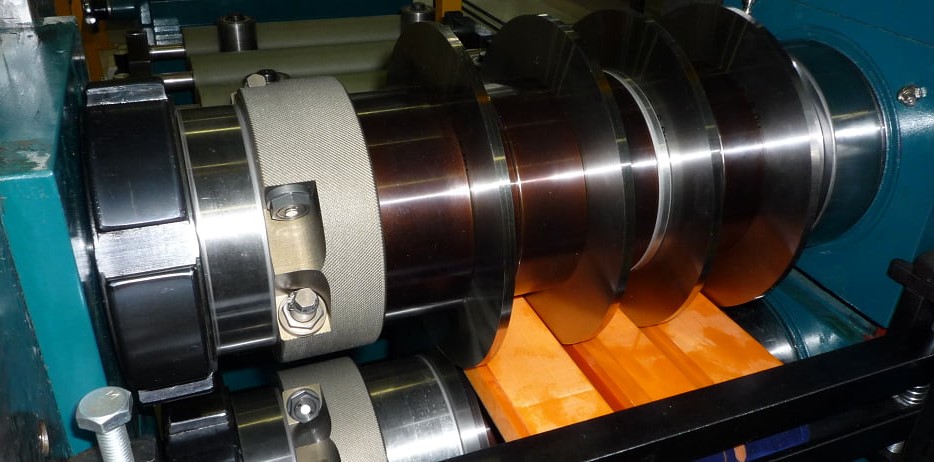2021-12-13
Pick the Right Slitting Blades for Different Slitting Processes

Products are usually manufactured into bulk and large rolls of material in the non-woven, laminates, vinyl, laminates, fabric, and film industries.
Since these rolls are too huge to use in the final product, most industry manufacturers convert the material first into smaller rolls for the final production through the process known as slitting.
During the slitting process, the material on the roll will be unwound then cut into certain widths through passing through the series of blades. The specific blades used during this slitting process have a significant effect on the product’s final quality.
This is the reason why it is important to choose the right slitting blades that should be used. Here are some of the most common blades you can choose from to help you reach an educated decision:
Crush Cut Blades
The crush cut blades are the blades used for separating non-woven, thick, and tough materials, fabrics, paper, and laminates. This process creates a ragged edge that makes the rills of material thinner on the outside but thicker on the insider. While this slitting process is known to provide the poorest quality of cut, setting it up is simple and affordable parts are required.
A pneumatic holder holds the blade in crush cut slitter in place and air pressure activates it. During the process of slitting, the blade will press into the material and run against the hardened anvil in order to separate the material’s web.
When choosing a crush cut blade material, the anvil’s hardness should be considered since replacing it is more expensive than the blade itself. On top of that, the blade also constantly presses against the anvil during the process of slitting.
Razor Slitting Blades
One of the easiest and most economical processes to set up is none other than razor slitting. This process is often used in the applications that convert ribbons, vinyl, tapes, films, or plastics. The material that undergoes razor slitting could be cut into extremely narrow slit widths with little dust produced. It makes razor slitting among the cleanest methods of slitting.
Although the blades used for the razor slitting process is usually cheap and more frequent replacement is required, you can increase their lifespan with proper sharpening and care. But during the replacement of razor slitting blades, changing all the bar-mounted blades is recommended.
The best material for razor slitting blade depends on the specific material that will be slit as well as the operation’s specific needs.
Shear Slitting Blades
Industries and applications that need precise cuts often use shear slitting blades. Although it is difficult and expensive to set up shear slitting, this works effectively in converting layered materials, composites, foils, paper, and heavy films.
Two blades are required in the shear slitting process, one on the bottom and the other on the top. The top blade is called male slitter while the bottom one is called anvil or female blade. Similar to the pair of hand scissors, these two blades come together to the cutting point. The slitting process produces minimal heat, making it suitable for environments that need high-demand runtimes and operations.

